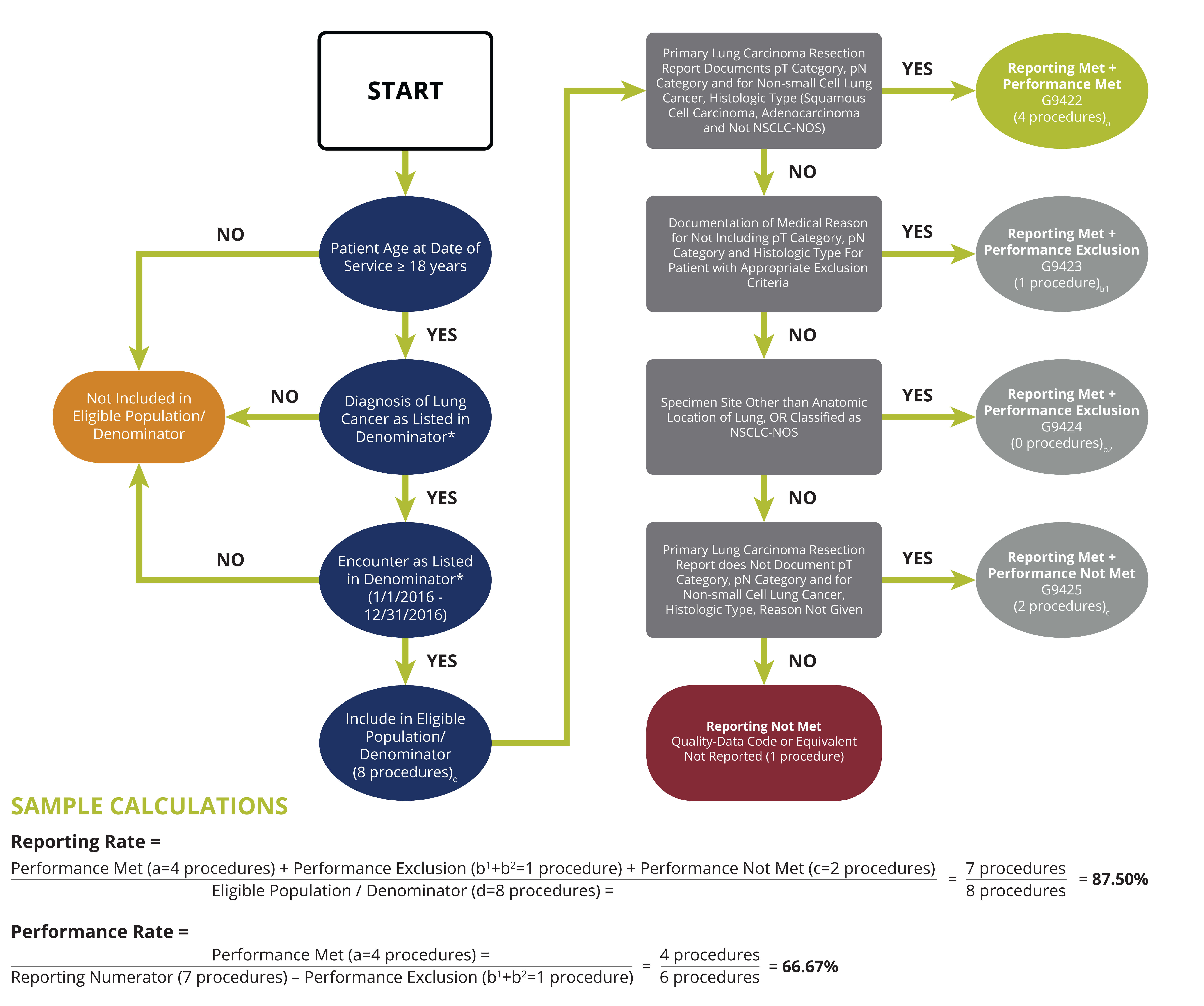Collect MACRA Incentives and Avoid Penalties
MACRA’s Role in the Value-based Care Landscape: How pathologists and laboratories will be affected by quality-based rewards and penalties.
As CMS continues to develop their initiatives around quality reporting it’s pertinent to not only ensure compliance with current reporting requirements, but to also anticipate what today’s quality reporting means for the future of pathologists and laboratories. Moreover, pathologist’s and laboratories will benefit by proactively participating in quality reporting and establish a standard to ensure accuracy, reliability, and timeliness of results and data stewardship and management.
Considering CMS’s push for Accountable Care Organizations (ACO), Merit-based Incentive Payment Systems (MIPS) and Alternative Payment Models (APM), it’s critical pathology practices and laboratories establish the expectation that the future of how we affiliate with other institutions is going to be a drastically different image that what we’re presented with today. Reporting programs to ensure high value, coordinated care is delivered to the patient are entering their second year of adoption and will remain a requirement for all Medicare Part B reimbursement. In 2015, the Department of Health and Human Service (HHS) has already reported a combined cost savings of $417 million to Medicare due to existing quality reporting by ACOs1.
A brief review: In 2006 CMS permanently established the Physician Quality Reporting System (PQRS). The intention of PQRS was to establish a “pay for performance” program that financially rewarded physicians for submitting their performance-based data to CMS2. The Patient Protection and Affordable Care Act (PPACA) (2010) mandated that providers increase quality and efficiency through the introduction of payment innovation measures and established penalties for providers that did not submit data on quality and performance3. The PPACA set the foundation for the Medicare Access and CHIP Reauthorization Act (MACRA) passed on April 27, 2015 that essentially combined all quality reporting, including PQRS into the Merit-based Incentive Payment System (MIPS) and established the Alternative Payment Model (APM) as a value-based pathway for collective groups to participate in quality reporting as a pathway to balance the Medicare budget4,5.
MACRA, as we see it today, services two primary purposes:
- Streamline multiple quality programs and incentives under the new Merit Based Incentives Payments System (MIPS): and
- Provide bonus payments for participation in eligible alternative payment models
- APMs are collectives of healthcare practices, primary care and specialists that organize to provide coordinated care to patients
Here is a hypothetical example of MACRA data:

Effectively, the reward for physicians is in the value of care, not the volume. As we look to the future we have to consider how value-based care will change how we practice medicine. Organizations, such as ACOs, are driving the reform in payment methodologies. Fee for service (FFS) will be replaced by a combination of value-based FFS, capitation, and bundled payments (APMs), all of which are influenced by the ability to achieve specific quality metrics.
In addition to the MIPS Quality reporting measures, Pathologists also have the opportunity to report within the Clinical Practice Improvement Activities (CPIAs) category. Physicians participating in these categories are rewarded for participating in care coordination, patient engagement, and safety.
How can pathologists bring quality care and engagement to the patient experience? Through collaborative technologies that deliver high-quality care in a cost-conscious manner. A 2016 CAP Practice Leader survey reported pathologist participation exceeded 30% in in one or more ACOs, a significant increase over 2015 and evidence that pathologists are taking an active role in the value-based landscape6.
Implementing data management technologies in order to bring together information from the EMR and LIS systems allows for coordinated efforts between physicians on patient treatments. In addition, it allows for management of patient populations by means of predictive analytics. Utilizing clinical data to establish best practices of treatment, such as how patient populations respond to therapies, measure of overall survival and staging existing patients for new tests and therapies to be discovered.
The method of managing these variables and reporting back to CMS the success (or failure) of metrics is all held within quality reporting. While there’s been some speculation that quality reporting initiatives will sunset, the consensus is that the volume of savings to the Medicare program is so large that regardless of political influence, pay for performance models aren’t going away.
Talk to XIFIN today, learn how you can access your MIPS-required data reports.
Published by XIFIN

